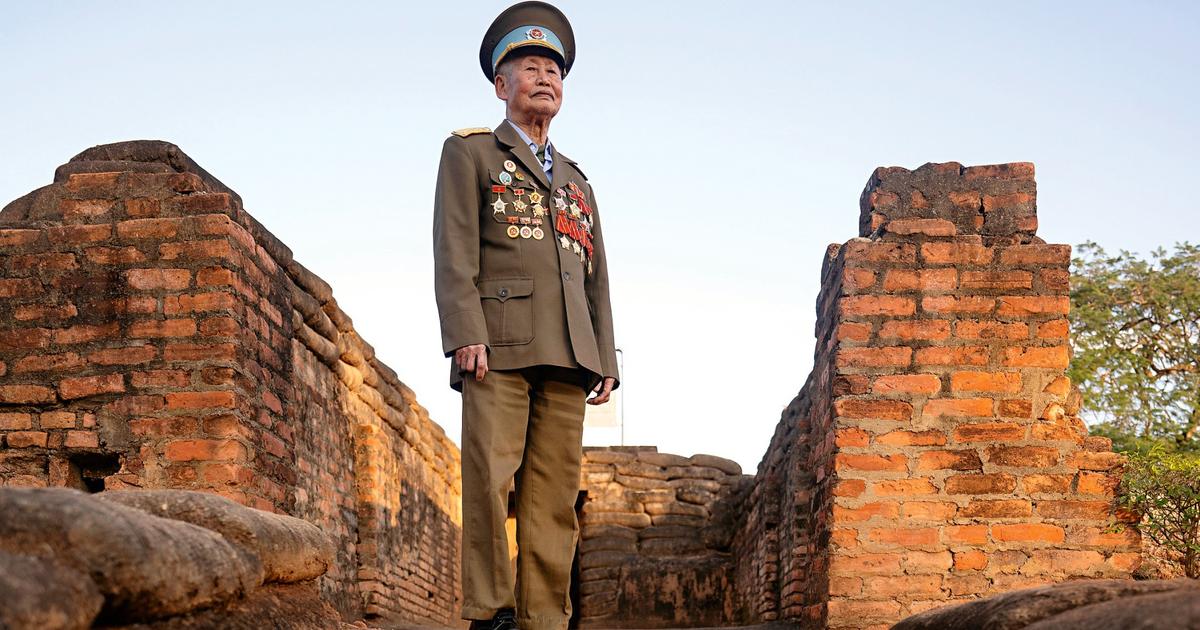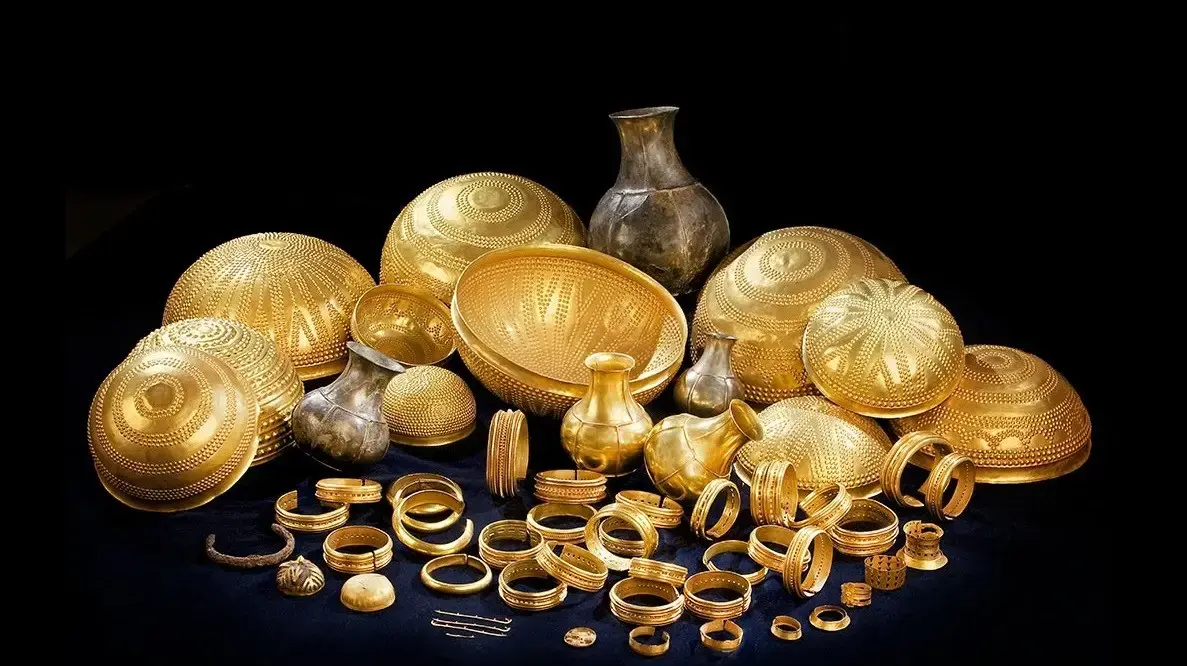To breathe this winter, there are those who have taken advantage of the proximity of the sea and those who have been able to approach a mountain pass to see the snow.
Here we are going to propose other activities to enjoy outdoors, but on the Castilian plateau.
For the lucky ones who have it nearby or when the restrictions between communities are lifted, it is about visiting some of the interesting archaeological sites in the center of the Peninsula, whose stones tell us about our ancestors, their ways of life, their beliefs and even their goddesses.
They are excursions that will illuminate the present from a past in which we can start at the National Archaeological Museum, in Madrid, because its infographics with time lines and the precious objects it houses encourage us to complete our genealogical tree.
This time it is not necessary to take planes to go to Easter Island or Egypt to dream about exotic cultures, because we have their voices a few kilometers away.
Before embarking on the trip, a suggestion: load the book
Goddesses and Gods of Old Europe
, by the Lithuanian archaeologist Marija Gimbutas, an ideal complement to enjoy these moments in front of stones with a lot of meaning, which evoke different times and uses.
The other recommendation is not to forget that in our cities and their monuments the different cultures overlapped.
enlarge photo A rest found in the Fuente de la Mota site, in Barchín del Hoyo (Cuenca).
ANNA LOREK
Iberian site of Fuente de la Mota
In Barchín del Hoyo (Cuenca) you can visit an Iberian urbanization with a very unique distribution dating from between the 5th and 1st centuries BC.
It is a pre-Roman site in which the fortifications (the wall, the tower, a double moat carved in the rock), the underground warehouses and the pearl of its discoveries stand out: a house with a triangular plan "that is unique in the world Iberian ”, explains Antonio Madrigal, the archaeologist who works in these excavations.
“Before the Romans, many peoples lived in this territory, including Celtiberians, Bretons, Galicians, Phoenicians or Punics.
In this case, these were the last Iberians who also lived in Roman times ”, he clarifies.
In its alleys, there are objects that give an account of their customs, travels and their particular building designs, such as the triangle, which clearly evokes female deities.
This triangular room, which seems to worship fertility and life, is located on an irregular block that organizes urban planning, with “the vertex to the south, while the facade faces north, and a door through which the sun enters exactly during the spring solstice, something that happens in their sacred sites, ”says Madrigal.
“We learned, from other Iberian sites, of the indigenous goddess of fertility, whose Latinized name is Betato;
Epona, a goddess linked to horses, is also known in the Celtic world, and there are Iberians and Celtiberians who were in Greece and worshiped the goddess Hera, and we know it because there Celtiberian belt clips were found on Greek garments ”, Informs the archaeologist, who confesses that there is still much to know.
Among these mysteries is the Iberian language, of which little is known.
“In Barchín we find the inscription of a curse on two people, between the year 25 before Christ and the year 25 of our era, and which is unique in the Roman world because it is round, with spiral lines and in two languages;
Greek appears on the outside of the folded lead disc and the same Latin text on the inside.
These curse tablets were written on request ”, explains the specialist.
Here we also know that the Iberians had long and medium distance trade, "and they longed to buy pottery made in Athens."
Visitor reception center in the Barchín del Hoyo Town Hall.
+34 969 20 30 01. Entry: 3 euros.
The Roman city of Valeria
In this settlement in Cuenca from 90 BC there were Iberians contemporaneous with those of Barchín.
Among its peculiarities: a well-preserved forum and the remains of its houses hanging on the rocks, in addition to the beautiful landscape in which it is located.
And of course, the Nymphaeum, its most representative building: a retaining wall 105 meters long, with
tabernae
(shops, workshops, warehouses ...) at its feet, and which was set up as an ornamental fountain.
During the guided tour, you will learn about the specificities of Roman construction, such as the tiled roofs, the fired clay bricks and the decorated walls.
According to archaeologists, the Iberians used a plinth (on rare occasions, the red color of iron oxide, with little dots), with very little stone foundations and adobe or plaster rammed walls.
Visitor reception center: +34 969 20 89 19. Guided visits: +34 618 64 90 30. Web: valeriaromana.es.
Entry: 5 euros.
MORE INFORMATION
Stories of good eating
The great puzzle of Itálica
Dolmens
The Azután dolmen, in the province of Toledo, in the very rich Tagus basin, is a whole trip to prehistory, as this stone structure belonged to Neolithic and Chalcolithic populations.
It is one of the best preserved in the Peninsula, where some of the oldest megalithic constructions in Europe are found.
In this case, the chamber and corridor sanctuary possibly served funerary uses between 6,000 and 5,000 BC.
To get to the dolmen you need GPS or the expert guide of someone who has already visited it.
Between these millenary granite stone slabs, all of the same size, standing and forming a double line of circular walls, you can enjoy a moment of introspective silence.
With a little patience, we will be able to guess what his engravings mean, in some cases anthropomorphic, in other geometric ones, and let ourselves be swayed by other rhythms, such as that of the Castilian breeze on wheat.
Also in Castilla-La Mancha we can approach another dolmen, that of the necropolis of Portillo de las Cortes, in Aguilar de Anguita (Guadalajara), a site from the Bronze Age.
This was documented at the dawn of the 20th century by the Marquis of Cerralbo, the historian who gives his name to a museum in Madrid.
Madrid's Cappadocia
With this image, the Risco de las Cuevas, in Perales de Tajuña (Madrid), is often mentioned, a series of limestone and plaster walls that house what were cave dwellings in the hollows formed in the large rocks from the Neolithic to more recent times.
There are thousands of legends about those who inhabited this cliff on the banks of the Tajuña, 40 kilometers from the capital.
If perception is like a mirage projector, walking along the path that runs along the cliff allows us to imagine scenes from times when Celtiberian tribes lived in those cave-buildings that communicate from the inside.
And surely we will keep questions to continue inquiring about their former tenants.
Otherwise, we can try to just be there and make ourselves feel like part of the landscape.
Find inspiration for your next trips on our Facebook and Twitter and Instagram or subscribe here to the El Viajero Newsletter.





/cloudfront-eu-central-1.images.arcpublishing.com/prisa/JNKEYSPVIXFSA66UHYKQUNTSQA.jpg)



/cloudfront-eu-central-1.images.arcpublishing.com/prisa/HMPBOPAW6ZCXHIH5YI4WELTR5Q.jpg)